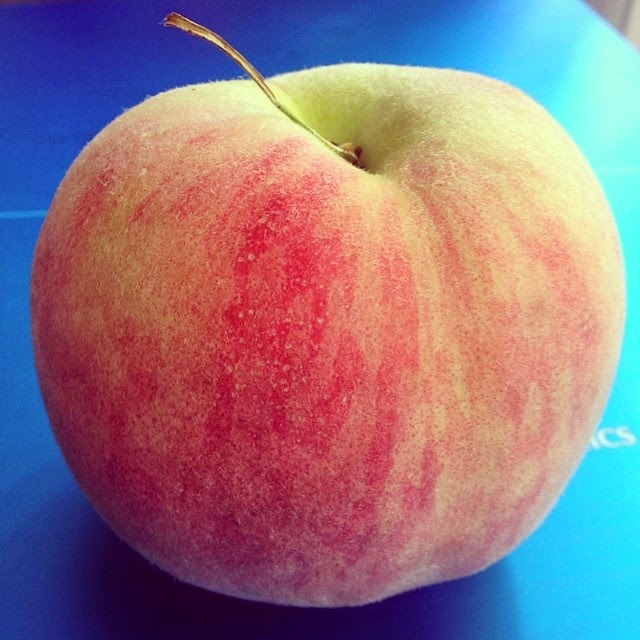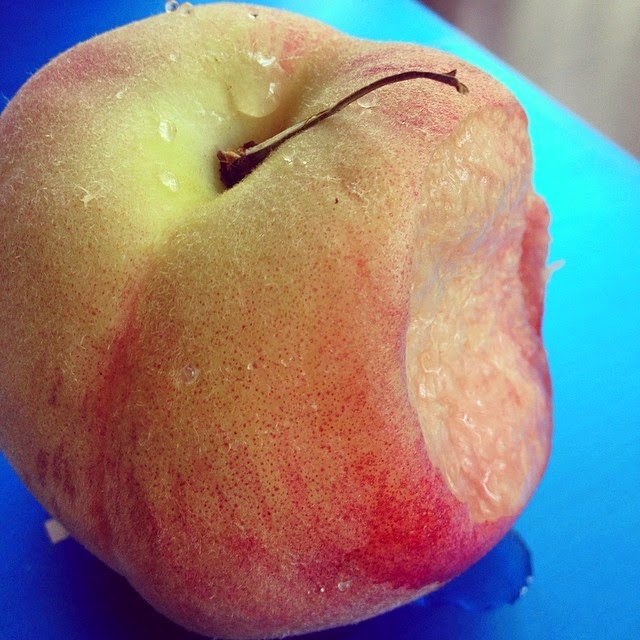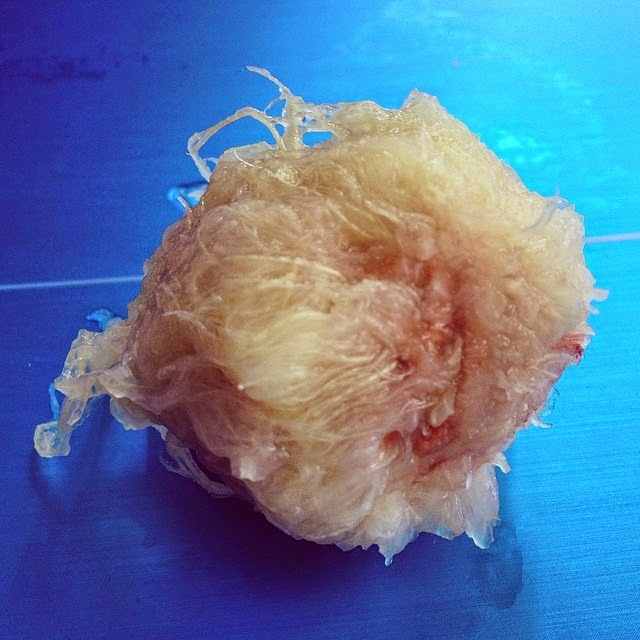Momo peach in Japan
Momo is the Japanese word for peach, deriving from possible origins related to the fruit's sweetness, coloring, or abundance. Peaches originated in China and reached Japan over 16,000 years ago, where they have cultural and culinary significance. Today, peaches are celebrated for their exceptional sweetness, fragrance, and delicate texture in Japan.
Characteristics of Japanese peaches
Japanese peaches are known for their enormous size, with white flesh that is exceptionally sweet and fragrant. The fruit is individually wrapped to prevent bruising, and freestone varieties like Shimizu White are most prized for their delicate texture and flavor. Peaches are carefully cultivated in Japan and ranked into strict quality grades, reflecting the care and dedication put into growing this treasured fruit.
When selecting a Japanese peach, choose fragrant, unblemished fruit that yields slightly to gentle pressure. Store peaches at room temperature and chill before eating for the best flavor. To enjoy, slice and peel the fruit before savoring the juicy flesh. Japanese peaches also pair beautifully with savory ingredients like prosciutto and greens in salad preparations.
A peach in Japan
Famous Japanese peach varieties and growing regions
Several peach varieties are celebrated across Japan for their unique characteristics. The Shimizu White (Hakuto) peach from Okayama is considered the ultimate peach, prized for its delicate sweetness. Nagasaki produces the Hikawa Hakuho variety. Fukushima's Akatsuki White Peaches are known for their resilient, slightly firmer flesh. The rare Ougon Golden Peach has a distinctive mango-like flavor.
Yamanashi prefecture is Japan's top peach-producing region, benefiting from abundant sunlight and low rainfall compared to other parts of the country. Fukushima prefecture is another major peach producer, with Okayama prefecture famed for its luxury Shimizu White variety despite lower production volumes.
How to select, store and eat Japanese peaches
When selecting a Japanese peach, choose fragrant, unblemished fruit that yields slightly to gentle pressure. Store peaches at room temperature and chill before eating for the best flavor. To enjoy, slice and peel the fruit before savoring the juicy flesh. Japanese peaches also pair beautifully with savory ingredients like prosciutto and greens in salad preparations.
Peach with a bite
Japanese peaches in desserts and drinks
Japanese peaches star in many beloved desserts and drinks. They are featured in traditional treats like shingen momo steamed cakes, jelly, and jams. During peach season, hotels and cafes offer seasonal peach-themed afternoon teas and dessert buffets showcasing the fruit's versatility. Peaches are also enjoyed as juice, in Starbucks Frappuccinos, and as flavoring for beverages like sake.
Peaches in Japanese culture and folklore
Peaches have been closely associated with fecundity and used in religious rituals in Japan since ancient times. The fruit and its blossoms feature prominently in art, literature, and folklore dating back to the Heian to Kamakura eras.
One famous example is the legend of 'Momo-taro', a boy born from a giant peach who grows up to be a hero. Momotaro is said to be from Okayama, reflecting the region's strong ties to peach cultivation. Tongue twisters also feature peaches, though some actually refer to a similar fruit called Prunus salicina, related to plums.
The last of the peach.
The premium prices of Japanese peaches
The intensive cultivation and transportation methods required for these delicate fruits results in premium prices. A single Japanese peach can cost between 200-1000 yen ($1.50-7.60), with prized gift boxes of top specimens selling for $60-80 or more. Peaches are considered a luxurious summer gift item, fetching especially high prices during traditional ochugen gift-giving season.
Enjoying the Japanese peach experience
To fully appreciate Japanese peaches, select a fragrant, unblemished fruit and let it sit at room temperature. Chill the peach before slicing open and peeling off the skin. Savor the unparalleled sweetness, fragrance and melting texture of the fruit's flesh.
Sample different regional varieties to appreciate their unique characteristics, whether it's the balanced acidity of a yellow-fleshed Shanghai honey peach or the tropical notes of a rare Ougon Golden peach. Taste the fruit in traditional preparations and seasonal specials to experience this quintessential flavor of Japanese summer.












